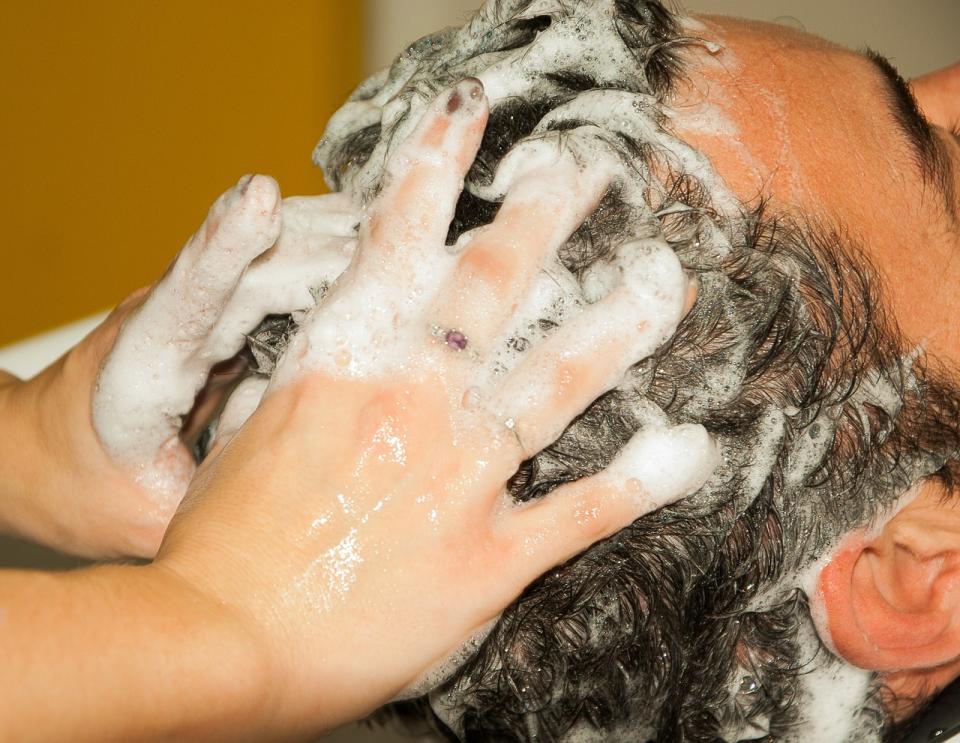The truth about head lice: Personal hygiene is not a factor

Pre-school and elementary school-going children are at greatest risk of getting head lice, tiny insects that feed on human blood on the scalp. Such infection affects millions of people worldwide.
Head lice, also called pediculosis capitis, typically spread through head-to-head contact. They can also spread via the clothes of an infected person, and through personal items such as combs, brushes, hats, towels and pillows – although this is much less common. Head lice, which crawl and do not jump or fly, cannot spread via household pets.
“Personal hygiene or cleanliness in the home or school has nothing to do with getting head lice,” point out experts at the Centers for Disease Control and Prevention (CDC).
If you have a child in the house or come into close contact with one, you are also at risk of getting head lice. However, you may not be aware you have the infestation since symptoms, such as itching, can take two to six weeks to manifest.
Other symptoms of head lice include lice eggs or nits, which are light-coloured specks that stick to hair shafts. Nits can be confused with dandruff, hair spray droplets, and dirt particles.
While head lice may be difficult to spot because they move quickly, lice eggs are likely to be visible around the ears and near the hairline at the neck.
A rash or skin infection may develop in severe cases of head lice, when there is excessive itching and scratching.

How to diagnose and treat head lice
See a doctor, who will carry out a thorough examination of the hair and scalp to diagnose head lice.
The most effective treatment for head lice involves the application of malathion lotion or permethrin lotion on the hair and scalp, which is to be repeated a week later. It is important to carefully follow the instructions provided for the treatment to be successful.
After treatment, dead head lice can be removed by running a special fine-toothed comb through wet hair. As a precaution, the bedding and clothes of an infected person should be washed separately in hot water.
Anyone who is in close contact with an infected person should be examined for head lice and treated appropriately.
Your child can do the following at school/child-care, to protect against head lice:
Avoid head-to-head contact during play, while sitting together and during other activities
Pull long hair back in a tight ponytail
Do not share hats, scarves, towels, etc
Do not share combs and hair brushes
Do not share a pillow
Avoid hanging or placing clothes with others
More from the author:
Are plant-based meat alternatives good or bad for you?
Why do you need Vitamin B and where do you get it from?
Carpal tunnel syndrome: You can avoid surgery with early diagnosis


